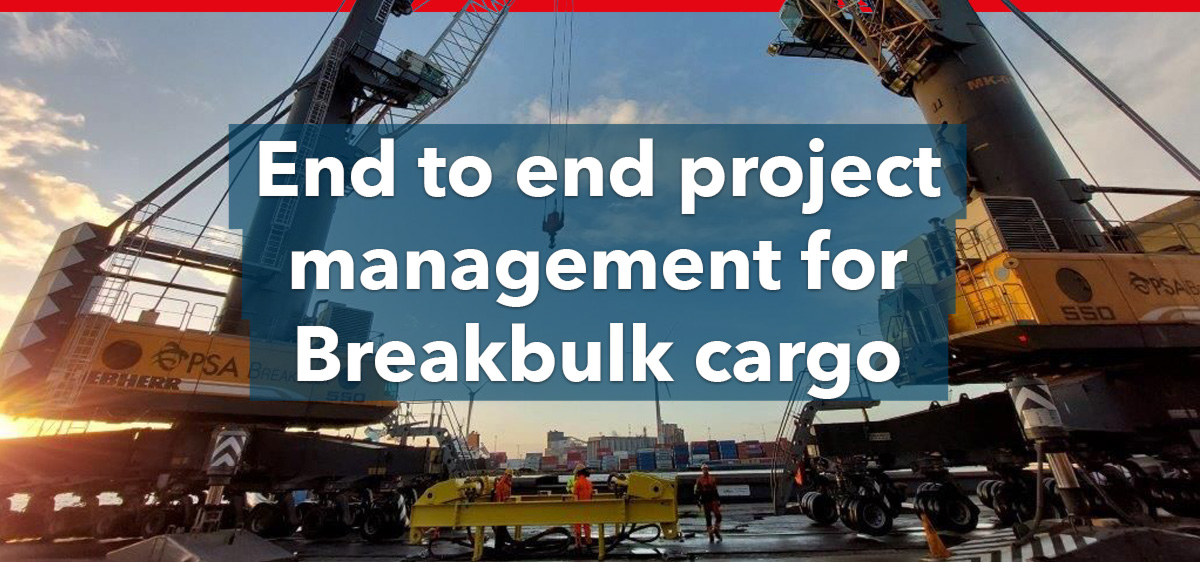
Duncan Lewis of our Breakbulk team in our Warrington office recently coordinated moving this cargo by barge. You can see in the video below the steps taken to progress through to loading out by ship with Fednav. Neatly taking another piece of high and heavy cargo from origin to final destination - project managed throughout the entire process by our breakbulk expert Duncan.
In the vast world of global trade and shipping, the movement of breakbulk cargo plays a pivotal role in ensuring that goods reach their destinations efficiently and intact. This blog delves into the nuances of breakbulk shipping and the challenges and triumphs highlighted in the LinkedIn post by Kestrel Liner Agencies.
Just to give a bit of insight into Breakbulk Shipping:
Breakbulk cargo refers to goods that are too large, heavy, or irregularly shaped to fit into standard shipping containers. For example. Machinery, oversized equipment and other good that cannot be disassembled for transporting. Unlike containerized cargo, which is loaded into standardised containers which can be easily transferable between various modes of transportation, breakbulk cargo requires special handling and attention to detail.
The Challenges of High and Heavy Cargo:
The LinkedIn post by Kestrel (link) sheds light on the intricacies of handling high and heavy cargo. The challenges associated with transporting such cargo are manifold:
Successful breakbulk shipping often relies on strong collaborations with various stakeholders, including shippers, carriers, and regulatory bodies. Effective partnerships contribute to the smooth execution of logistics operations.
Kestrel triumphs in managing breakbulk shipping, a complex and dynamic field within the broader scope of global logistics; with its skilled and knowledgeable team, highly tuned in overcoming challenges. As the world continues to rely on the seamless movement of goods across borders, the expertise demonstrated by industry players like Kestrel becomes increasingly vital.